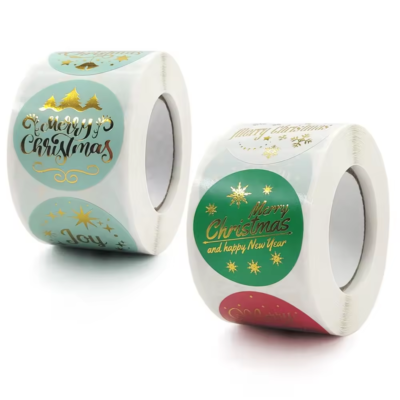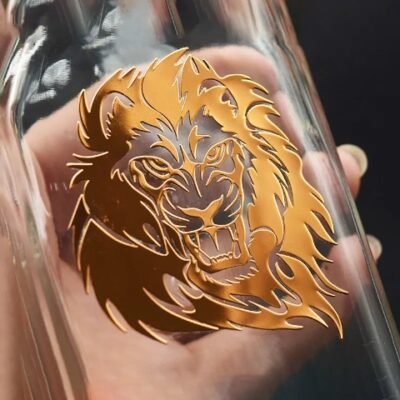
A small sticker that has undergone a millennium of cultural baptism
A small sticker that has undergone a millennium of cultural baptism
Products Description
A small sticker that has undergone a millennium of cultural baptism
The Story of Cultural Relics Behind Nucleic Acid Stickers: Small Stickers Carrying Millennium Cultural Heritage
introduction
During the special period of epidemic prevention and control, nucleic acid stickers have become an indispensable part of daily life. They not only record our health status, but also invisibly connect history and the present. Today, let’s unveil the mysterious veil of nucleic acid stickers and explore the little-known stories behind them.
1、 The origin of nucleic acid stickers
Nucleic acid stickers, as an important tool for epidemic prevention and control, are inspired by China’s rich cultural heritage in their design. The earliest design inspiration for nucleic acid stickers came from ancient palace seals, symbolizing the transmission of health and safety.

2、 Integration of cultural relics elements
1. Traditional patterns
The common patterns of small animals, plants, etc. on nucleic acid stickers are derived from traditional Chinese patterns such as cloud patterns, lotus flowers, and unicorns. These patterns are rich in auspicious meanings, symbolizing good health, safety, and good fortune.
2. Scenic spots and historical sites
Some of the nucleic acid stickers on the scenic spots and historic sites, such as the Forbidden City, the Great Wall, and the Terra Cotta Warriors, show China’s rich historical and cultural heritage, and convey national pride and cultural self-confidence.
3. Restoration patterns of cultural relics
Some of the patterns on nucleic acid stickers are designed based on the restored patterns of real cultural relics, such as bronze ware, ceramics, calligraphy and painting, etc. These patterns allow people to feel the charm of traditional culture in daily use.
3、 Cultural Relics Stories
1. Bronze ware
The bronze patterns on nucleic acid stickers, such as the bronze animal face patterns from the Shang and Zhou dynasties and the bronze bird and animal patterns from the Western Zhou dynasty, reflect the profoundness of ancient Chinese bronze culture. These bronze artifacts are not only precious cultural relics, but also important materials for studying the history and art of ancient Chinese society.
2. Ceramics
Ceramic patterns, such as Tang Sancai and blue and white porcelain, showcase the unique charm of Chinese ceramic art. These ceramics not only have high artistic value, but also serve as important physical materials for studying ancient Chinese ceramic craftsmanship and social life.
3. Calligraphy and Painting
The calligraphy and painting patterns on nucleic acid stickers, such as landscape paintings, flower and bird paintings, reflect the exquisite skills of traditional Chinese painting art. These calligraphy and painting works are not only artistic treasures, but also important carriers for inheriting the spirit of the Chinese nation.
4、 Conclusion
As a special tool for epidemic prevention and control, nucleic acid stickers contain rich cultural relics stories behind them. They not only convey health information, but also make people pay more attention to and understand China’s historical and cultural heritage. Let us cherish these small stickers and remember the cultural heritage behind them.
Leave Us A Message
Related Products
Related products
-
Glass jar
logotipo great parede decorativa cartoon bonito 3d adesivos decalques
Rated 0 out of 5Read more -
Glass jar
Premium Glass Jar: Versatile Storage Solution for Kitchen & Home
Rated 0 out of 5Read more




